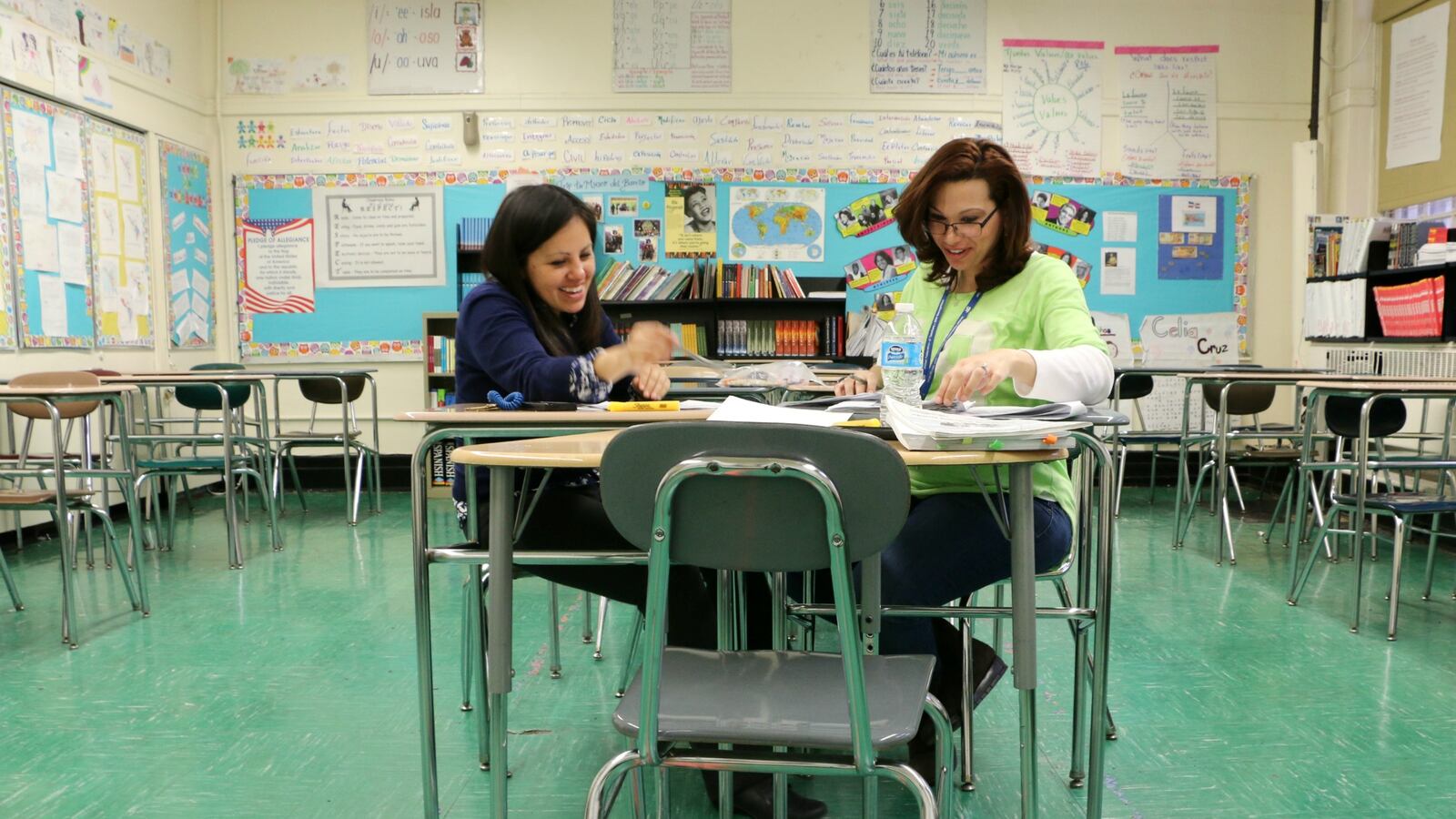For the third year in a row, barely any Indiana teachers, principals and superintendents were rated “ineffective” under the state’s fledgling evaluation system.
Of the 68,386 educators evaluated by the state in 2015, just 260 — 0.38 percent — got the lowest rating, a status that could put educators in the state at risk for being fired.
About 88 percent of educators were rated “effective” or “highly effective” in 2015, the top two ratings of four possible options, and 1.47 percent of educators were rated “improvement necessary,” according to state data. Broken down by job, 89 percent of teachers, 78 percent of superintendents and 87 percent of principals were considered “highly effective” or “effective.”
It’s not clear if the high-ratings trend would’ve continued naturally without a recent change to state law. Earlier this year, lawmakers decided not to penalize teachers who were rated ineffective because of changes to the state ISTEP exam that resulted in a drop in test scores for nearly all schools in 2015.
The Indiana General Assembly passed a bill to hold teachers “harmless” if their students’ test scores fell. Schools were blocked from using ISTEP scores as part of a teacher’s evaluation for 2015 unless it would improve a teacher’s rating. The law also ensured teachers would receive bonuses or salary increases no matter what A-F letter grades their schools received.
Indiana lawmakers put the new statewide evaluation system in place in 2011 with the goal of raising expectations for teachers to keep improving their performance and demonstrating that their students were learning more, with state tests scores as key evidence.
But the law gave schools widespread flexibility to customize their evaluation systems, and the Indiana State Board of Education heard last month that such freedom has made it difficult to establish a standard expectation for what qualifies as good and bad performance.
The new system also has not identified more teachers in need of improvement or removal from the classroom in the way proponents of the law expected it would. Before the law passed, the Indiana Department of Education conducted a study of a sample of Indiana school districts that showed just 1 percent of teachers were rated ineffective. Then-state Superintendent Tony Bennett termed that success rate a “statistical impossibility.”
But since the new system went into place, yearly evaluation results have been fairly similar. In 2014, 0.35 percent of educators got the lowest rating, and in 2013, 0.39 percent did.
In a presentation to the state board, the education department’s coordinator of teacher recruitment and retention, Caitlin Beatson, said schools with higher A-F grades tended to have more teachers rated highly effective during the past three years, while schools that got F-grades had slightly higher percentages of teachers rated as ineffective or needing improvement.
Similar trends can be seen in charter schools, which didn’t start reporting evaluation data until 2013, Beatson said.
Board member Lee Ann Kwiatkowski, an assistant superintendent in Warren Township, said teacher evaluation scores are just one indicator of what’s happening in classrooms and school buildings.
“We can’t forget that schools across the state, depending on where they are located, were given complexities,” Kwiatkowski said. “So as we’re looking just by letter grades, I just don’t want to lose sight of that.”

